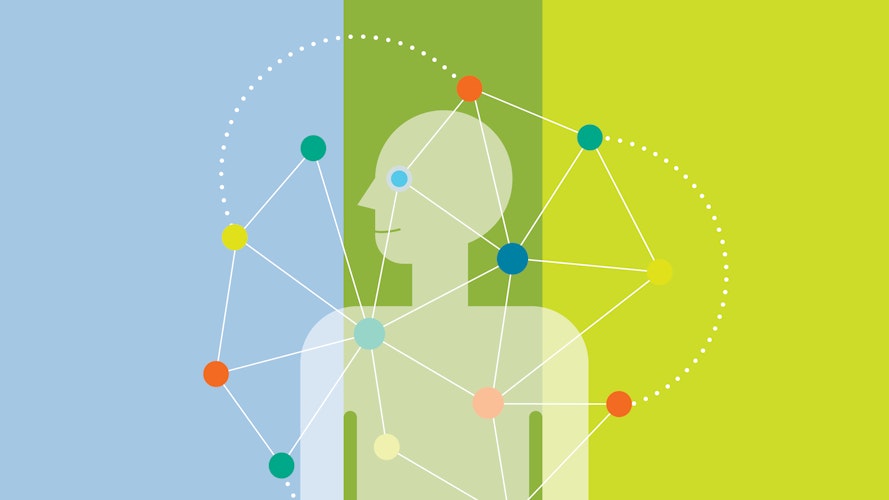Feelgood factor: how workplace design supports wellbeing
Employee productivity has become a limiting concept: using workplace design to promote a more holistic approach to the whole person is fast coming into view
Traditionally, office design focused on just one aspect of the employee—productivity—but of late this conversation is expanding to include a more holistic, person-centred point of view.
Today we believe the workspace itself can be used to promote to promote a lasting sense of wellbeing – an enduring state that encompasses wellness of mind and body and can also lead to productive, engaged and healthy employees.
Let’s look at how this conversation is evolving. What follows is a summary of our Workplace Design for WellBeing White Paper that offers some brief insights from our global research project on place and wellbeing and how those insights can impact design.
Broader definition of work
Organisations are broadening their definition of a person at work. Having work productivity as an ultimate goal aligned well with the baby boomer mentality of bringing the ‘work only’ version of themselves into the office. The whole person was not considered; rather, just their skills and work tasks. However the growing Generation Y workforce famously blends their work and personal life, bringing a more holistic version of themselves into the office.
The need for belonging and connection is very important to these younger, highly collaborative workers. Thus of late, organisations are embracing ‘employee engagement’ as a new mantra. A sceptic would argue that engagement is really just a proxy term for performance. Engagement may be the opening round in a growing realisation that productivity is too narrow of a way to think about knowledge workers, and we need a broader conceptualisation of people at work.
Limits of fun workplaces
Offering ‘fun’ workspaces may not lead to deeper employee engagement. Some clumsy attempts have been used in workplace design to encourage engagement. Seldom-used slides, swings and ping pong tables occupy space in the office landscape (although beer kegs remain popular). These elements are supposed to promote ‘fun’ experiences and social connections that might support engagement.
More enduring outcomes
Companies and even whole countries now aspire to a broader, more enduring outcome for employees. The emerging conversation is around the idea of wellbeing that subsumes all other outcomes. Wellbeing and a meaningful life is not a short-term emotion like ‘happiness’; it’s an enduring state that can lead to productive, engaged and healthy employees.
In this context, workspace matters to wellbeing. In order to gain insights on how interior design of space can be leveraged, Haworth has an on-going, long-term research programme involving hundreds of people in locations as diverse as Los Angeles, Mexico City, Shanghai, Columbia and New York City. We aim to continue to make connections between workspace design and wellbeing, performance and engagement. Based on preliminary results, we recommend these design tips:
Create ‘legible’ office space
Legible workspace increases performance and reduces stress – especially for people’s ability to focus at work. Designing the layout of the floorplan so it is easy to understand helps people to see and find each other easily. The design of workspaces should clearly convey their intended use. For instance, is this a social space or a workspace?
Invest in great meeting spaces
High quality meeting spaces increase performance, engagement and wellbeing. Ensure that the workplace offers informal spaces for casual work or social interaction, furnishings within meeting spaces that meet users’ work needs and meeting spaces sized to accommodate typical meeting requirements.
Offer adjustable furnishings
Adjustable furnishings such as height adjustable work surfaces, seating and monitor arms in primary workspace and meeting spaces reduce the risk of ill health affecting peoples’ ability to work.
In conclusion, we see significant opportunities to effectively use workspace design to promote an enduring state of wellbeing.








